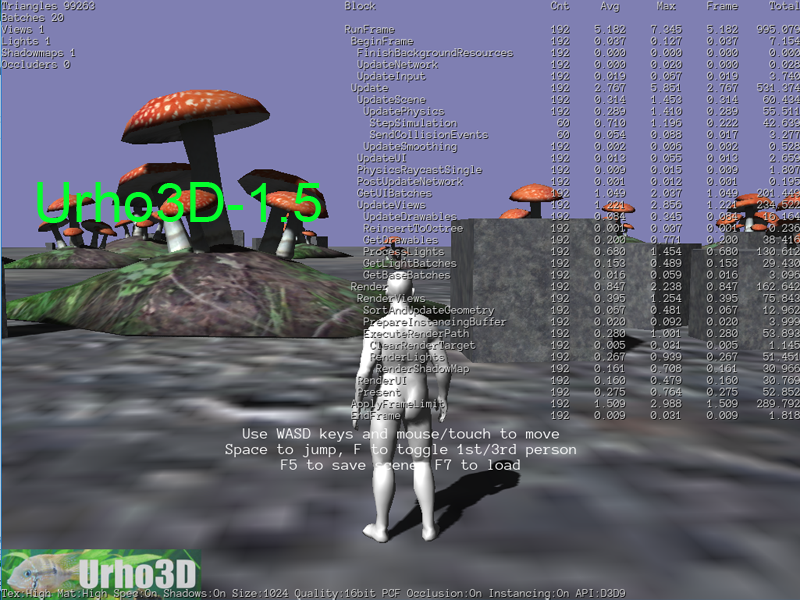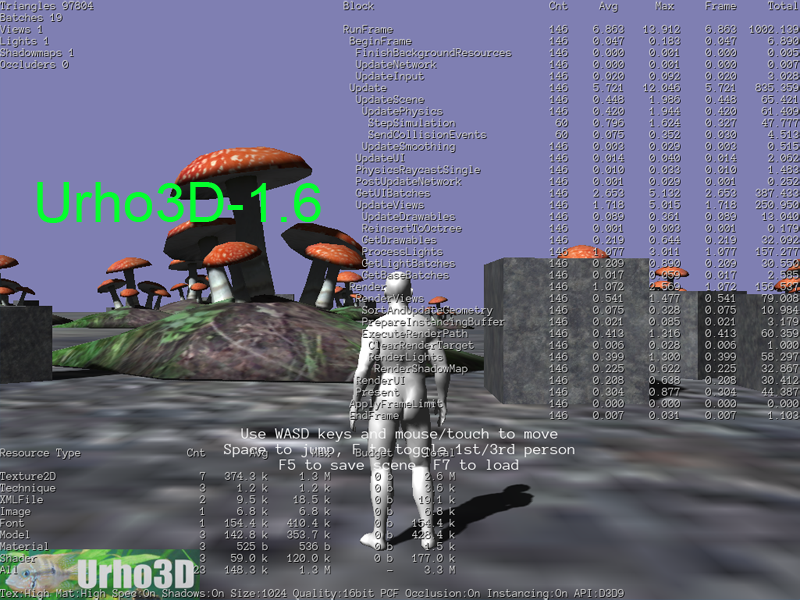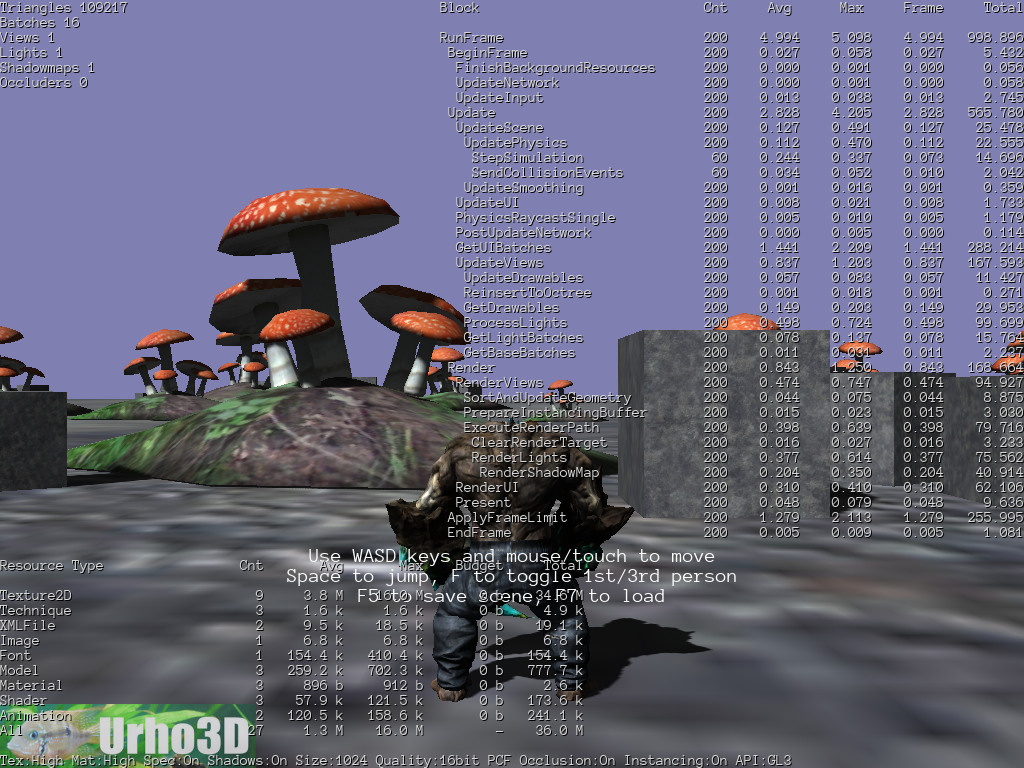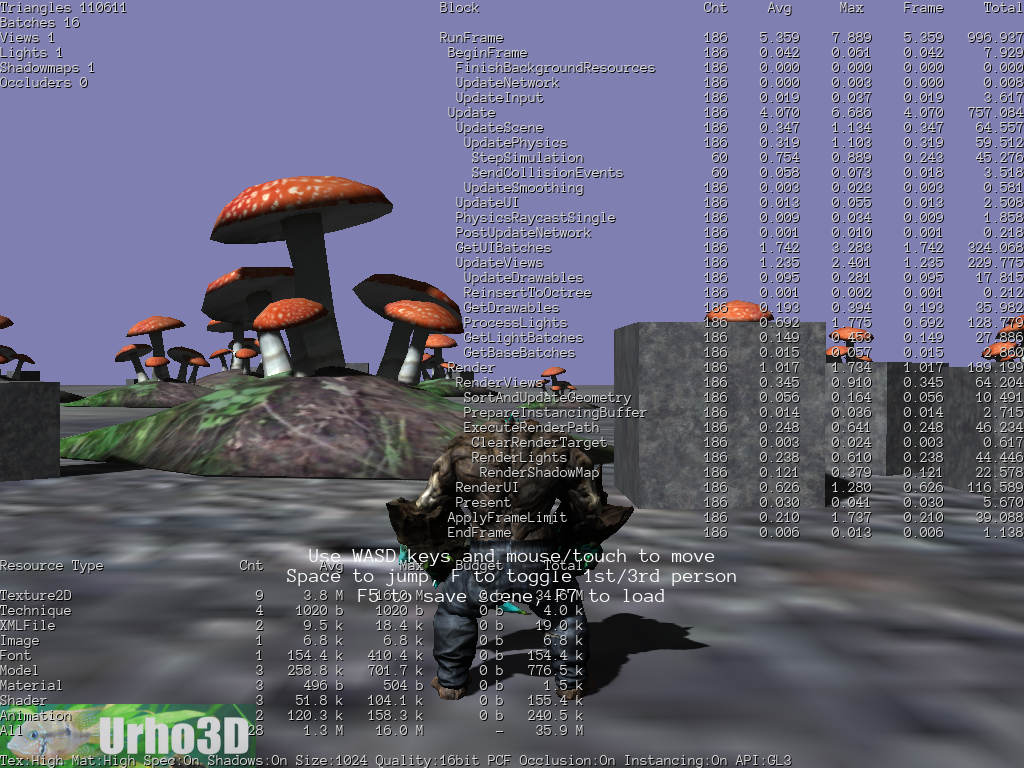Noticed performance drop from 1.5 to 1.6.
I was merging some projects that I’ve written in 1.4 and 1.5 to 1.6 and noticed that it wasn’t performing like what I remembered.
Just to be sure it wasn’t anything that I was doing, I rebuilt the 1.5 tag and 1.6 tag and did some comparison on the char demo.
Below are the pics.
I’ve also rebuilt 1.4 and that performed slightly better than 1.5 (maybe due to SSE being enabled by default back then).







